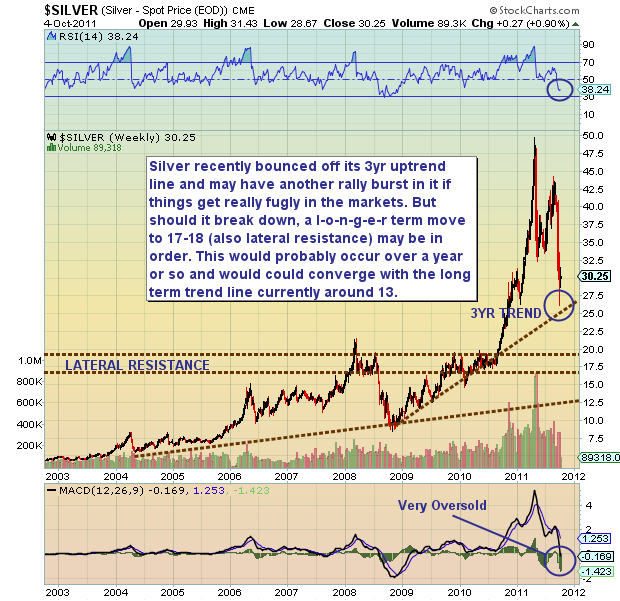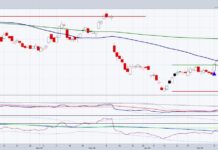 By Andrew Nyquist
By Andrew Nyquist
The buildup to 2011 was downright bullish for precious metals. Each and every passing day brought to light new and deeper economic cracks. Investors and policy makers began openly opining about the need for additional stimulative policies. And, in turn, the media took the bait and ran with it, highlighting endless dollar debasement as the byproduct of a US economy that was sure to muddle through for years. There was also the European debt crisis. Typical culprits of high unemployment and lower housing were cited. Yes, it was going to be a self-fulfilling prophecy of economic problems and money printing. To pull a phrase from Todd Harrison, there would be inflation on things we need (food, gas, ect…) and deflation on things we want (housing). Forever and ever. With the script already written, metalheads dug in and refused to sell a lick of their silver. Bullish became Hoggish, and the table was set for a steep drop.
You see, there’s a reason investors are drawn to the ideals of a “wall of worry.” With just the right amount of short siders, and a healthy balance of bulls and bears, markets are able to grind higher. However, when the balance gets out of whack, a la precious metals, corrections and crashes occur. One way streets (i.e. herding) never end well. Flashback to April. Silver was rocketing higher, and I actually dared to highlight the 22-28 breakout zone as a likely area for an eventual retest. I remember fretting about this exact point before finally deciding to publish it. And just two days later, with Silver nearing 47, I compared its parabolic run to the Y2K Bubble and subsequent crash. Now, to be fair, this was NOT because I saw the economic dynamics changing (cause I didn’t), but because the extreme “herding” alerted me to a coming trend change.
And, sure enough, as the European debt crisis began to roil, the rest of the western world took notice, especially the US electorate. The crisis illuminated the need for structural budget reform and austerity, while providing a head start on political messaging for the 2012 election cycle. Before we knew it, the US debt situation was on top of the news cycle, feeding a social and political scene that was quickly reducing its appetite for money printing policies and additional debt. Case in point, the debt ceiling debacle.
And, though Silver’s more popular glitter twin Gold continued its run well into 2011, it slowly became apparent that financial “panic,” when overwhelmed by deflationary debt fears, isn’t enough to support “elevated” precious metal prices.
So, what’s next for Silver prices you ask? Well, there are a couple things that could happen over the near term. First and foremost, Silver has dropped all the way to its 3YR trend line. This should provide support for a while and may even trigger a strong rally. On the flip side, a break down below the 3YR trend line will trigger a medium term sell signal that may work to as low as 17 or 18 over the next year. See annotated chart below. And so it’s said, I do like Silver’s longer term prospects. I am just unwilling to invest in it until the technical picture clears up. Investors can turn to the iShares Silver Trust (SLV) or physical silver for investment purposes.
Have a great week.
—————————————————————-
Your comments and emails are welcome. Readers can contact me directly at andrew@seeitmarket.com or follow me on Twitter on @andrewnyquist. For current news and updates, be sure to “Like” See It Market on Facebook. Thank you.
No positions in any of the securities mentioned at time of publication.
Any opinions expressed herein are solely those of the author, and do not in any way represent the views or opinions of his employer or any other person or entity.







